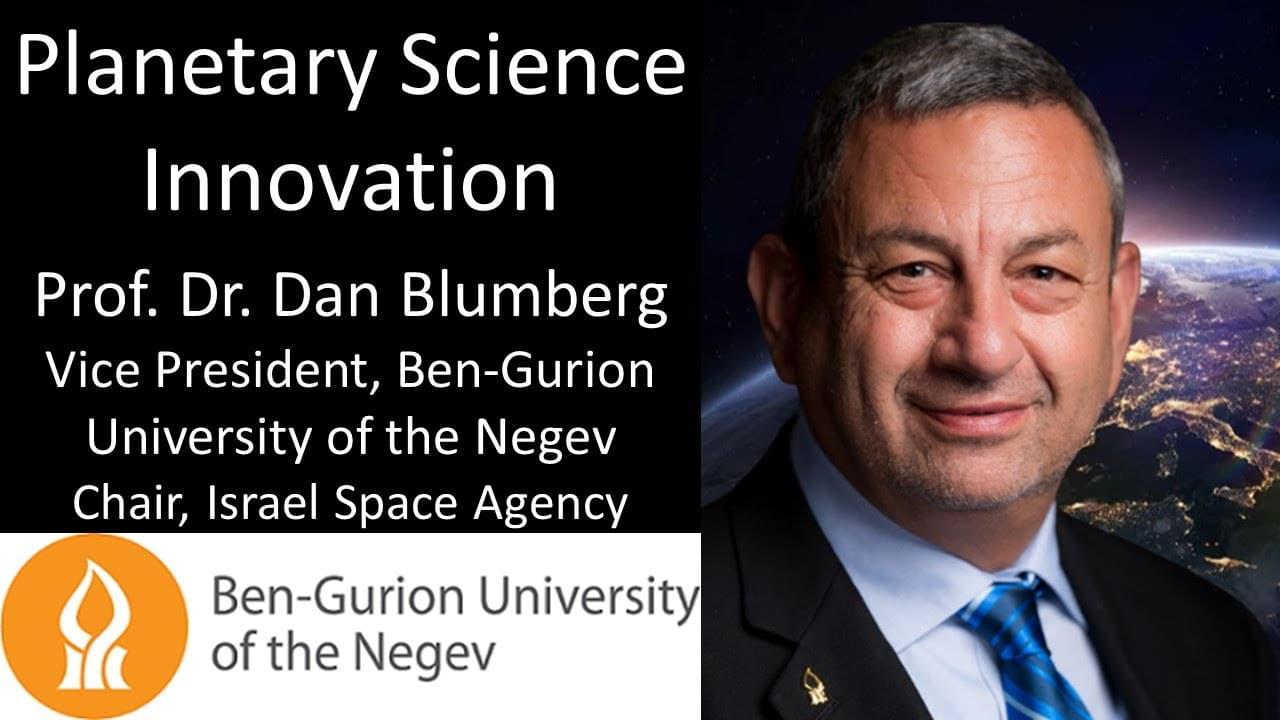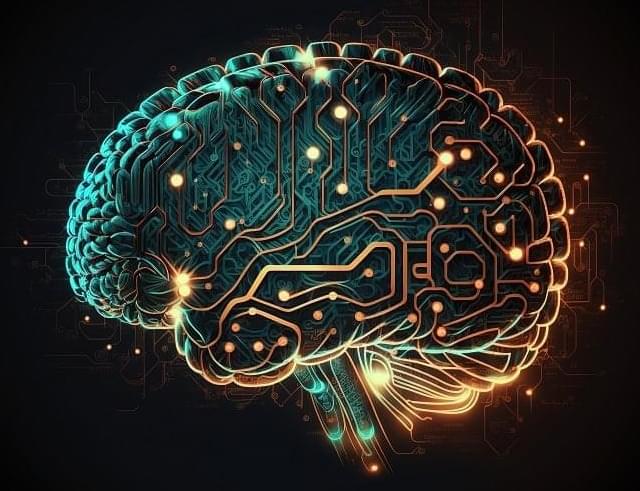“the Cauchy stress tensor completely defines the state of stress at a point inside a material in the deformed state”
The Cauchy Stress Tensor.
Imagine you’re holding a rubber band in your hands and stretching it.
“the Cauchy stress tensor completely defines the state of stress at a point inside a material in the deformed state”
The Cauchy Stress Tensor.
Imagine you’re holding a rubber band in your hands and stretching it.
The gaussian process bandit algorithm.
How does Google optimize its research and systems?
Python-based research interface for blackbox and hyperparameter optimization, based on the internal Google Service. — google/vizier.

Planetary Science Innovation For All Humanity — Professor Dr. Dan Blumberg Ph.D. — Vice-President for Regional and Industrial Development — Ben-Gurion University of the Negev — Chair, Israel Space Agency.
Professor Dr. Dan Blumberg, Ph.D. is the Vice-President for Regional and Industrial Development at Ben-Gurion University of the Negev (BGU — https://www.blumberg.bgu.ac.il/), an elected Member of the International Academy of Astronautics, and Chair of the Israel Space Agency (https://www.space.gov.il/en), a position he was appointed to by the Ministry of Innovation, Science and Technology (https://www.gov.il/en/departments/min…) in 2022.
For generations, humans have tried to find the elixir which can extend their lives beyond their natural limit and deceive death.
Now, scientists have made a discovery of a gene which has brought humanity very close to this impossible target of achieving longevity.
The gene has been found to possess the capability of promoting cellular repair and reducing the effects of ageing. This discovery has taken the scientific community close to finding methods for extending not just long but healthy lives.
Схожие частицы материи и антиматерии обладают идентичными физическими свойствами, сообщила пресс-служба BNL

An exploration of new work done at Arecibo regarding the infamous Wow! Signal of 1977 that seems to account for all aspects of the observed signal but turned out to be a very strange natural event that isn’t likely to repeat often that is analogous to a lightning flash in a hydrogen cloud in interstellar space.
My Patreon Page:
Continue reading “The Wow Signal Potentially Explained … and it’s Weird” »

In this episode of Cosmology 101, we dive into the concept of an expanding universe. From the first moments of the Big Bang, our cosmos has been stretching in every direction. We explore what this expansion means for us, how we know it’s happening, and the fascinating implications of living in an ever-growing universe.
Join Katie Mack, Perimeter Institute’s Hawking Chair in Cosmology and Science Communication, on an incredible journey through the cosmos in our new series, Cosmology 101.
Continue reading “Expansion of the Universe Explained | Cosmology 101 Episode 1” »
Chirality in extended 2D structures exhibits fundamental differences from molecular-level chirality. This Perspective discusses how local molecular chirality is transmitted and amplified to form distinctive global chirality within ultrathin, single-crystalline 2D materials; it also explores the future challenges and potential of this field.

A recent study by UC San Diego researchers brings fresh insight into the ever-evolving capabilities of AI. The authors looked at the degree to which several prominent AI models, GPT-4, GPT-3.5, and the classic ELIZA could convincingly mimic human conversation, an application of the so-called Turing test for identifying when a computer program has reached human-level intelligence.
The results were telling: In a five-minute text-based conversation, GPT-4 was mistakenly identified as human 54 percent of the time, contrasted with ELIZA’s 22 percent. These findings not only highlight the strides AI has made but also underscore the nuanced challenges of distinguishing human intelligence from algorithmic mimicry.
GPT-4 passes the Turing test beating GPT-3.5, ELIZA and… man. Has he become intelligent or “just” super effective at appearing so?
